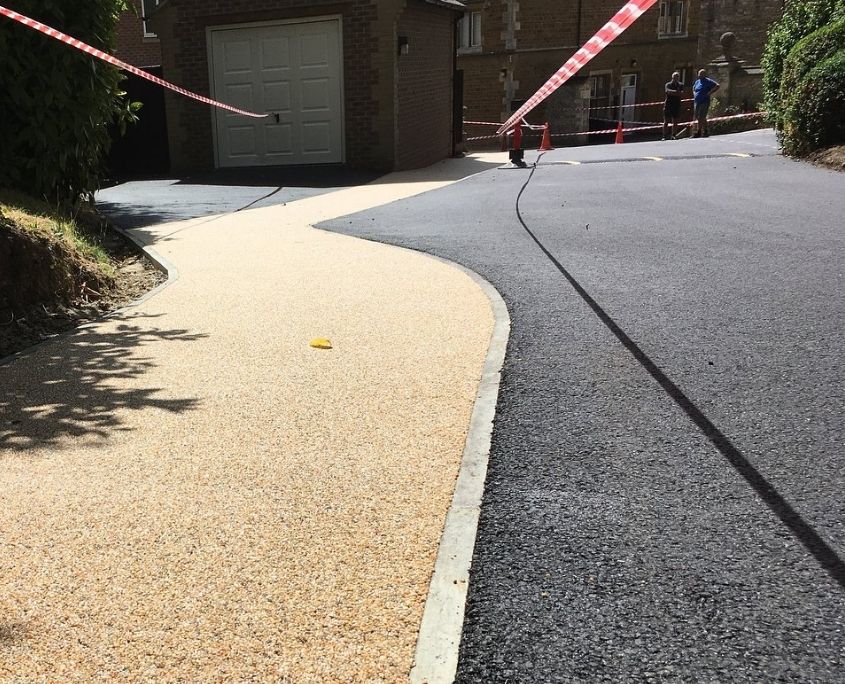FAQ Blog – Soakaways
A soakaway is a simple way of dispersing surface water when a connection to a surface water system, such as a gutter down pipe, is unpractical or isn’t possible. It is based on the principle of a “reverse well”, which collects and drains the water rather than holding it.
Even if a connection to a down pipe is available, a soakaway can be a good solution if this existing drainage is already overburdened. In your research you may find that this type of drainage solution is described as “SUDS” – Sustainable Urban Drainage System. You can find out more about SUDS and what it means from the British Geological Survey site here.
When it comes to the success of your new soakaway, there are two key factors. The size of the area that will feed the soakaway and the rate at which the water will drain into the ground. The depth of the water table will also be a factor in this when considering the site of your soakaway.
In areas that are already prone to waterlogging, a soakaway won’t work. However, if this water logging is due to a high water table caused by impermeable layer such as clay, you can rectify this by excavating this clay cap down to the porous material underneath, making this solution feasible. This can obviously be more disruptive and you may wish to consider alternative solutions.
There are some key requirements to consider when planning your soakaway.
- It must be lower than the area to be drained.
- It must be above the existing water table.
- A basic standard is that it must be at least 5m away from the nearest building.
- It must not be situated where it will soak into the foundation of a building.
- It can’t be near other drainage installations that will affect the capabilities of the new soakaway or existing devices.
- There can’t be a risk of any contamination from pollutants.
It is often sensible to investigate the existing ground by digging a trial pit to assess whether the existing ground is suitable for the soakaway. Hard rock types and heavy soils mean that your soakaway may not be affective, whereas porous rock types and sub soils such as sand or sandy loams will result in success. The size of proposed soakaway will determine the depth and size of the trial pit required. For small soakaways you will find out pretty soon after the start of excavation if the ground is suitable.
What Size Should the Soakaway Be?
The usual formula for calculating the size of the soakaway required is this:
Vol = A x (rainfall rate/3000)
OR, for example and in simpler terms, with the assumed UK rainfall rate:
Area to be drained x (50/3000)
To save you having to do this calculation yourself, see the table below! To be safe, it’s best to round up when using pre-fabricated soakaway systems.
| Size of Area to be drained | Size of Soakaway Required (m³) |
| 25m² | 0.4m³ |
| 30m² | 0.5m³ |
| 40m² | 0.7m³ |
| 50m² | 0.8m³ |
| 60m² | 1.0m³ |
| 80m² | 1.3m³ |
| 100m² | 1.7m³ |
There are many types of soakaway solutions, but by far the most efficient are the relatively new Pre-fabricated Cellular Systems. These modular cells are made from strong, recycled polypropylene and can be linked together to give you whatever capacity you need. They’re easy to install and very affective. They don’t require any maintenance and a small soakaway for a standard drive can be installed in a couple of days.
For further information on whether you might need a soakaway as opposed to ting into your existing drainage, contact us for a site visit.
Mark Edwards
Surveyor, Edwards Surfacing






Leave a Reply
Want to join the discussion?Feel free to contribute!